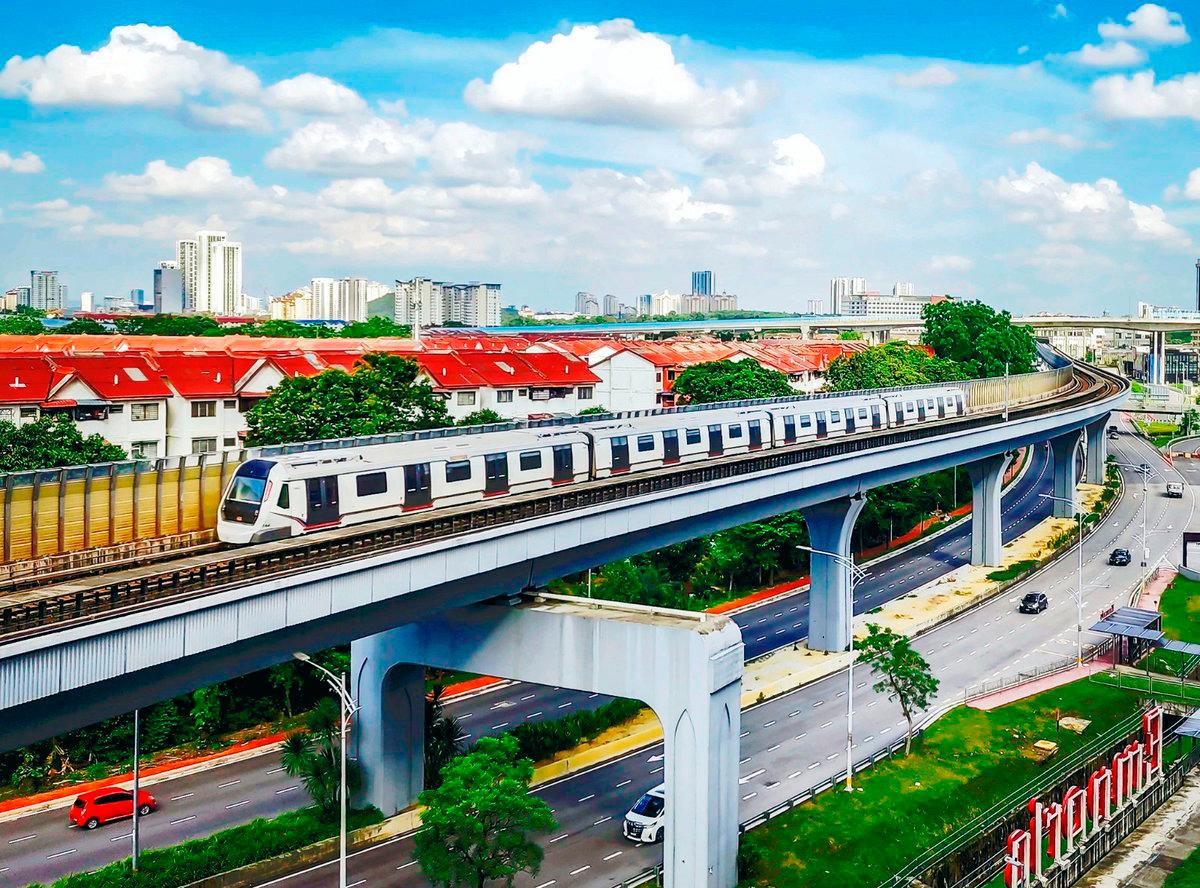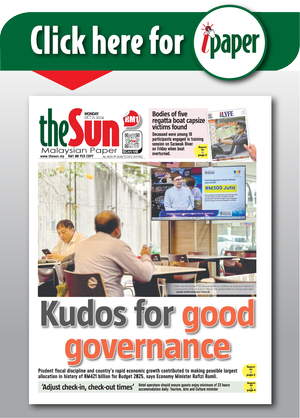PETALING JAYA: Malaysia’s 13th Malaysia Plan (13MP) outlines an ambitious vision to transform the nation’s transport landscape, but experts warn that success will take more than just laying down the roads and rail lines.
They stress the need for strong supporting infrastructure, safety-led design and long-term resilience in the face of climate change and systemic inefficiencies.
Universiti Putra Malaysia (UPM) Road Safety Research Centre head Assoc Prof Dr Law Teik Hua highlighted ongoing gaps in highway safety measures.
While road upgrades are welcomed, he said the 13MP must go beyond cosmetic fixes.
“The strategy needs tried-and-tested design features like intelligent transport systems for real-time hazard alerts, automated speed enforcement and continuous median barriers.
“Rural roads, which account for a disproportionate number of fatalities, require full safety audits and tailored interventions at known black spots.”
Law also raised red flags over how transit-oriented development (TOD) is being handled – initiatives that aim to increase population density around transit hubs.
“There needs to be more in the plan about mixed-income housing, street design that prioritises pedestrians and seamless multimodal integration. Many TOD projects today seem to prioritise commercial gains over community needs. One could end up with neighbourhoods next to stations, but still car-dependent.”
He acknowledged the plan’s emphasis on rail expansion, TOD, freight diversification and other forward-looking ideas, but warned that execution hurdles remain.
“If done right, shifting more people and cargo to rail could ease congestion and reduce road safety risks. But the strategy downplays the need for parallel investment in critical supporting infrastructure.”
He singled out the state of Malaysia’s rail freight network as a major blind spot.
Although the 13MP targets a 30% freight modal share by 2030, Law said issues – such as incompatible rail gauges, limited terminal access and inflexible scheduling – persist.
“The vision would be far stronger with concrete plans to standardise intermodal gear, build transshipment hubs near industrial zones and encourage private companies to get involved in logistics innovation.”
Without these, he cautioned, the modal shift target may not be attainable.
UPM Department of Civil Engineering head and transport expert Assoc Prof Dr Fauzan Mohd Jakarni echoed similar concerns, but praised the 13MP for its inclusive, people-first approach. He said the plan signals a welcome pivot from glamour projects to real-world needs.
“It focuses on who actually needs better transport, pinpoints real gaps, and puts meaningful access ahead of flashy expansion. The rural road agenda is especially promising for remote communities. For isolated villages, this could mean quicker emergency aid, better access to schools and clinics and more consistent links to local markets.”
Still, Fauzan said rural road projects face steep technical obstacles, especially in flood-prone and rugged areas. Drainage, he added, is often the “silent killer” of rural roads, weakening foundations and speeding up wear and tear.
More critically, Fauzan urged policymakers to stop sidelining maintenance.
“Maintenance isn’t just a support act, it’s the main character in any road’s life story. You can build the best road in the world, but without regular upkeep, even highways become obstacle courses.”
He said maintenance remains the most neglected aspect in national transport planning.
“Unfortunately, in national planning, maintenance often takes a back seat to new construction. It’s less visible, less politically attractive and therefore, easier to delay. But letting small cracks fester means costlier repairs later.”
In road engineering, he added that a minor fix today could save millions tomorrow and more importantly, it keeps people moving safely and without disruption. He called for a mindset shift to treat road upkeep as an essential service and not just a post-disaster response.
Both experts agree that while the 13MP signals a step away from mega-project mindsets, the true test lies in implementation, integration and above all, accountability.









